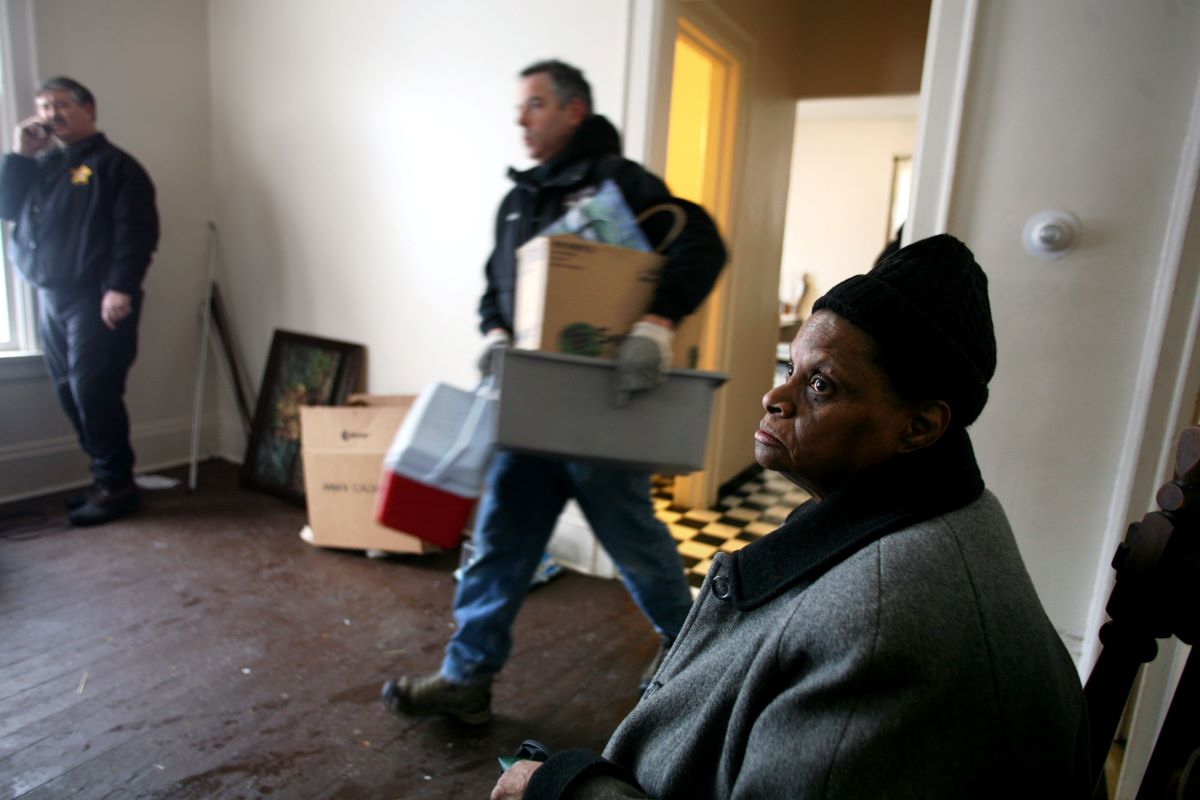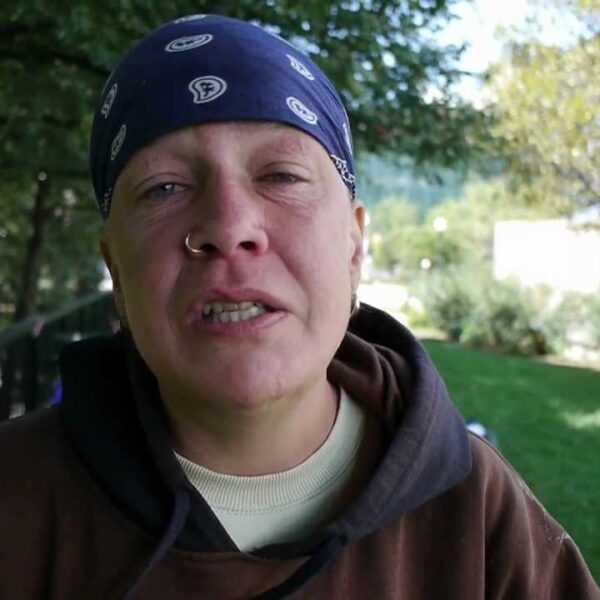A team of California lawyers launched a new website that aims to simplify the legal response process for people facing eviction.
The website, known as the Tenant Power Toolkit, is a collaborative effort between groups like UCLA’s Luskin Institute on Inequality & Democracy, the Anti-Eviction Mapping Project, and the Inner City Law Center, an anti-eviction legal services organization. It asks applicants about their case in both English and Spanish, and then produces a legal document that can be filed in court.
“Helping each of us fight eviction and debt as individuals in the court system is crucial,” the website reads. “But that is only the first part of what we can do together. Filing an answer to Unlawful Detainer or responding to a small claims lawsuit helps us respond to the system.”
Advocates and Tenant Power Toolkit team members first announced the new website during a press conference on July 19. They described it as a “game-changer” for people facing eviction.
“Mobilizing the collective power created by tenant unions, it creates a much-needed legal infrastructure for eviction defense, one that will keep people in their homes and stave off mass homelessness,” said Ananya Roy from the UCLA Luskin Institute on Inequality and Democracy.
“Despite vast economic relief and budget surplus funds, all levels of government have failed to adequately protect tenants. The Tenant Power Toolkit is a demonstration of the power of coordinated action by social movements and justice-oriented organizations to ensure such protection,” Roy continued.
Lawyers like Rob Reed, Director of Tenant Defense at Inner City Law Center, said the new website is designed to help simplify a complicated legal process.
“The Tool helps tenants raise the right defenses in their case, learn about the court process, find out what to do next, and connect with local tenants’ rights organizations and legal resources,” Reed said. “The Tool makes protections real for tenants and empowers tenants to fight their eviction instead of being forced to abandon their homes.”
The initial response is one of the most important parts of the eviction process. Under California law, tenants have five days to file a response. Otherwise, a court can issue a “default judgment” against the tenant, which ultimately results in eviction.
According to data from California’s Judicial Court, at least 24,000 people lost their homes between 2018 and 2019 for default judgments alone.
“As a lawyer, it really pained me to see tenants lose cases just because they couldn’t file a piece of paper,” said Gary Blasi, a law professor at UCLA and one of the attorneys behind the Toolkit.
The tool can get a tenant facing eviction up to 10 additional days to find a lawyer and file a response. But, Blasi said it is no substitute for legal representation.
“In an ideal world, the tool would not be necessary at all,” Blasi said.
Evictions became a focal point of concern during the pandemic as public health orders prevented millions of people from working. In response, the Center for Disease Control issued an eviction moratorium as the federal government worked to create its economic stimulus programs. Several states instituted their own moratoriums as well.
At least 1.36 million evictions were prevented in 2021 because of these policies, according to estimates by Princeton’s Eviction Lab. That total includes more than 430,000 that Eviction Lab tracked across the six states and 31 cities measured by its Eviction Tracking System (ETS).
Cities like Las Vegas, Nevada, have seen eviction rates soar since the moratorium was lifted in August 2021. Last year, the city saw approximately five percent more evictions than its historical average, according to Eviction Lab.
“Well before the pandemic, tenants in California, and especially in Los Angeles, carried severe rent burdens and faced the violence of evictions with little legal recourse,” Roy said. “Now, as the pandemic has deepened economic vulnerability for working-class communities of color and as national and local eviction moratoria disappear, tenants are on the brink of mass displacement.”
How You Can Help
The pandemic proved that we need to rethink housing in the United States. It also showed that providing additional support and protections for renters is a clear-cut way to reduce future increases in homelessness.
Contact your representatives and tell them you support keeping many of the pandemic-related aid programs in place for future use. They have proven effective at keeping people housed, which is the first step to ending homelessness.













